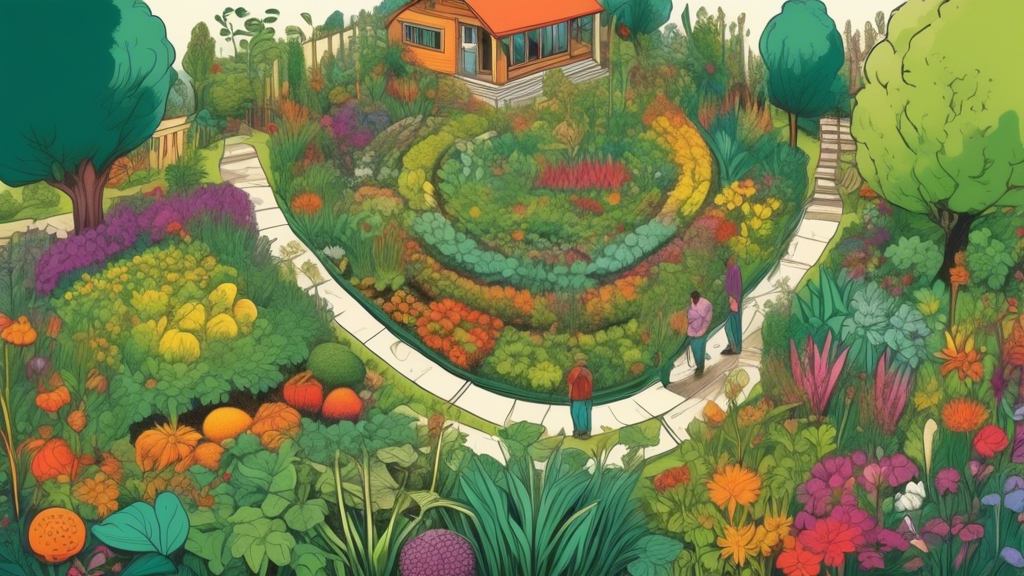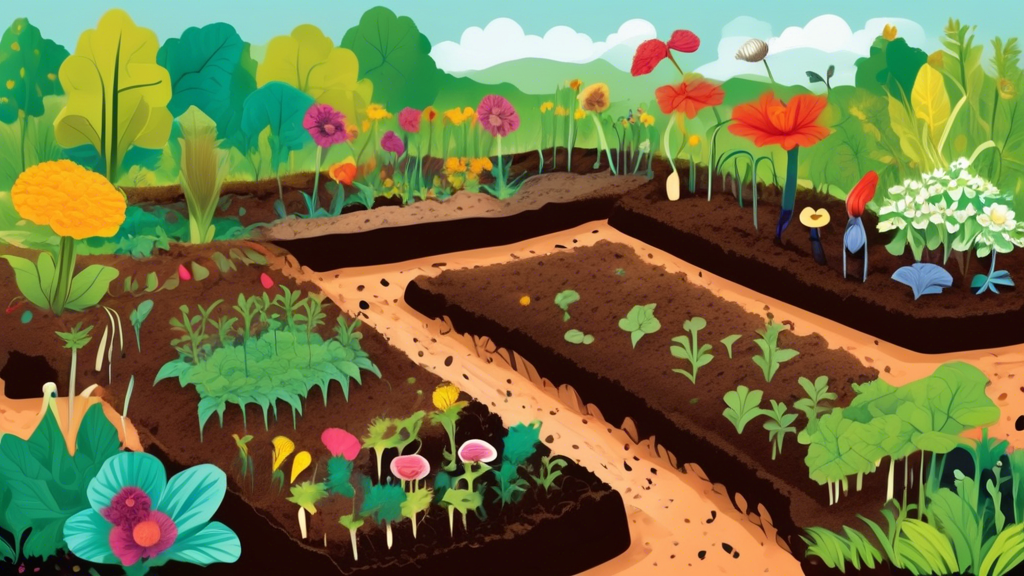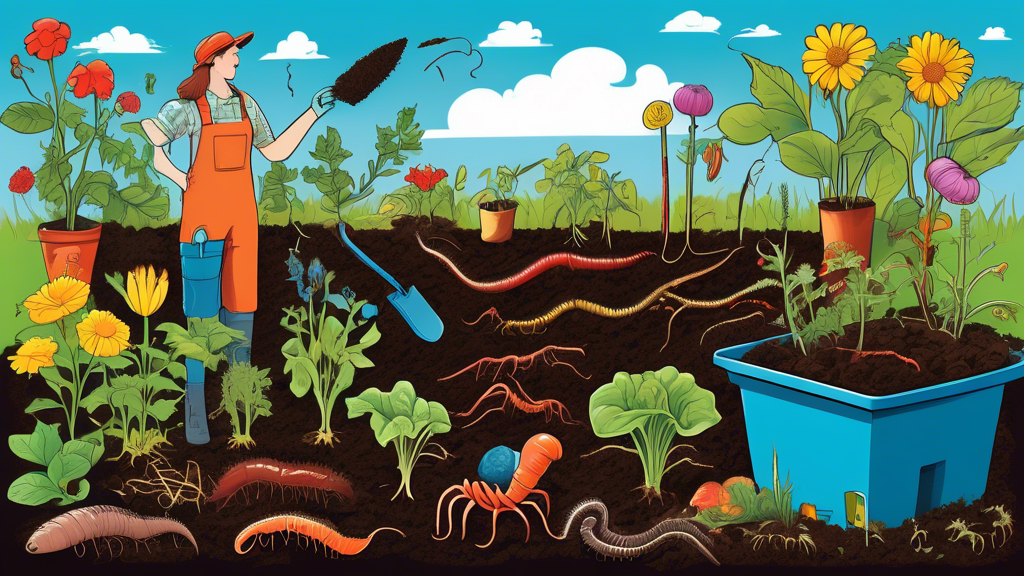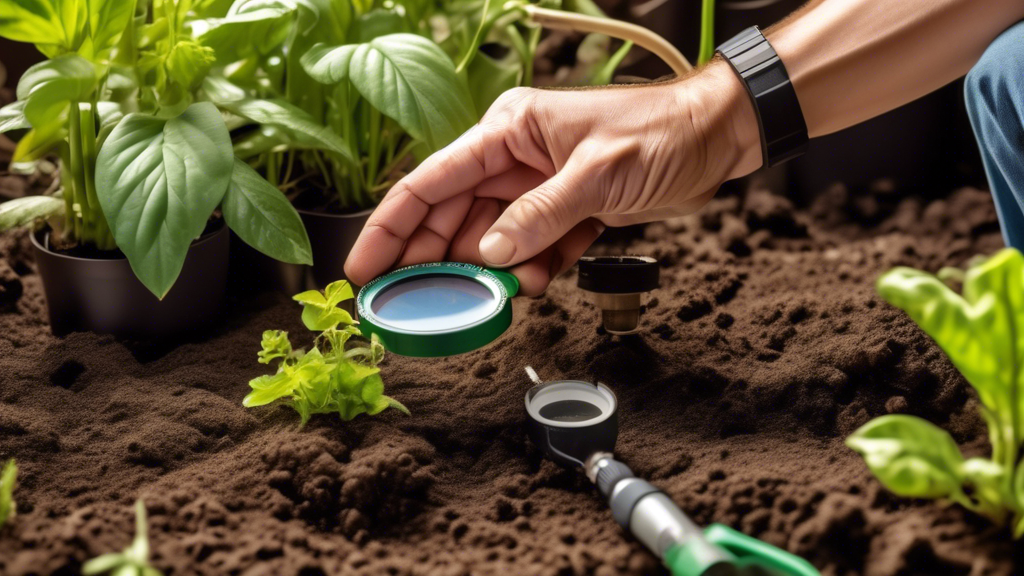
What is Permaculture? A Holistic Introduction
Beyond Gardening: Understanding Permaculture as a Design System
Many people mistake permaculture for a specific type of organic gardening. While it profoundly influences how we grow food, permaculture is fundamentally a design system. Coined from “permanent agriculture” and “permanent culture,” it’s a framework for creating sustainable and resilient human habitats by mimicking the patterns and relationships found in nature. It’s a way of thinking that can be applied to everything from your backyard to your business, aiming to create systems that are not just less harmful, but actively regenerative.
The Core Ethic: Earth Care, People Care, and Fair Share
Every decision in permaculture is guided by three core ethics. These are the moral foundation that ensures our designs are life-affirming.
- Earth Care: Recognizing that the Earth is the source of all life and committing to its repair and preservation.
- People Care: Supporting and helping each other to access the resources necessary for our well-being.
- Fair Share (or Future Care): Setting limits to consumption and redistributing surplus. This ethic ensures that we do not take more than we need, allowing resources to be available for others and for future generations.
The Foundational Principles of Permaculture
Developed by co-founders Bill Mollison and David Holmgren, these principles provide a set of universally applicable guidelines for designing resilient systems.
Observe and Interact: The First Step to Sustainable Design
Before making any changes, spend time observing your space. Where does the sun rise and set in different seasons? Where does water flow and collect? Which way do the prevailing winds blow? This patient observation prevents costly mistakes and allows you to design with nature, not against it.
Catch and Store Energy: Harnessing Natural Cycles
Permaculture seeks to capture energy when it is abundant and make it available for times of need. This goes beyond solar panels. It includes:
- Storing water in soil and tanks during the rainy season.
- Building soil organic matter to store carbon and nutrients.
- Planting perennial trees that capture solar energy for years.
Obtain a Yield: Ensuring Your Work is Productive
A system must be productive to be sustainable. A yield can be food, timber, clean water, beauty, or habitat for wildlife. This principle reminds us to design for tangible returns, ensuring our efforts are rewarding and the system can support itself.
Apply Self-Regulation and Accept Feedback: Learning from the System
This principle is about creating systems that are self-correcting. If a particular plant is being overrun by pests (feedback), instead of spraying pesticide, you might introduce a plant that repels those pests or attracts their predators (self-regulation). It teaches us to be humble and adaptable designers.
Use and Value Renewable Resources and Services
Prioritize resources that are replenished by natural processes. Use sunlight instead of fossil fuels, use a draft animal instead of a tractor, or use a tree to provide shade and fruit instead of building a structure. This principle shifts our reliance from finite to infinite resources.
Putting Principles into Action: Key Permaculture Practices
Designing Your Space: From Zoning to Sectors
Permaculture design uses logical planning to save energy and time.
| Concept | Description |
|---|---|
| Zoning | Organizing elements based on how often you need to visit them. Zone 0 is your home; Zone 1 is for intensive, daily-care crops (herbs, salads); Zone 5 is a wild, unmanaged area. |
| Sectors | Mapping external energies that move through your site, like sun paths, wind, water flow, and fire risk. You design to harness beneficial energies (winter sun) and block unwanted ones (cold winds). |
Building Healthy Soil: Composting, No-Till, and Sheet Mulching
Healthy soil is the foundation of any permaculture system. Key practices include:
- Composting: Recycling kitchen and garden waste into rich humus.
- No-Till Gardening: Avoiding plowing to protect soil structure and microbiology.
- Sheet Mulching (Lasagna Gardening): Layering cardboard, compost, and straw to smother weeds and build new soil effortlessly.
Water Harvesting: Swales, Rain Barrels, and Greywater Systems
The goal is to slow, spread, and sink water into the landscape. A swale is a ditch dug along the land’s contour that catches runoff, allowing it to soak in and hydrate the land. Rain barrels collect roof water, and greywater systems safely redirect water from showers and sinks to irrigate plants.
Plant Guilds and Polycultures: Creating Supportive Plant Communities
Instead of planting in monocultures (rows of a single crop), permaculture uses guilds—groups of plants that support each other. A classic example is the “Three Sisters”: corn provides a structure for beans to climb, beans fix nitrogen in the soil for the corn, and squash leaves shade the ground, suppressing weeds and retaining moisture.
Common Challenges Addressed by Permaculture
“My Garden Requires Constant Inputs and Work”
Conventional gardens often rely on external inputs like fertilizers, pesticides, and constant watering. Permaculture designs a system that generates its own fertility through composting and nitrogen-fixing plants, manages pests through biodiversity, and conserves water, drastically reducing your workload over time.
“I Want to Reduce My Water Bill and Environmental Impact”
By harvesting rainwater and reusing greywater, you can significantly reduce or even eliminate your need for municipal or well water for irrigation. This not only saves money but also reduces the energy used to pump and treat water.
“I Have a Small Space and Don’t Know Where to Start”
Permaculture is incredibly adaptable. A balcony or small patio can host a container guild. Vertical gardening, espaliered fruit trees, and window boxes are all excellent permaculture solutions for urban settings. The principles of zoning and stacking functions are even more critical in a small space.
“How Can I Grow More Food with Less Effort?”
The answer lies in perennial plants and smart design. While annual vegetables need replanting every year, perennial food plants like fruit trees, berry bushes, and asparagus come back year after year, providing a reliable yield with minimal effort once established. A well-designed system works for you, not the other way around.
Permaculture vs. Conventional Gardening & Agriculture
A Comparative Look: Inputs, Outputs, and Long-Term Sustainability
| Aspect | Conventional Agriculture | Permaculture |
|---|---|---|
| Energy Input | High (Fossil Fuels) | Low (Sun, Human) |
| Fertility Source | Synthetic Fertilizers | On-site Compost & Nitrogen Fixers |
| Biodiversity | Low (Monoculture) | High (Polyculture) |
| Long-Term Soil Health | Degrades | Builds |
Monoculture vs. Polyculture: Biodiversity and Pest Management
A field of a single crop is a buffet for pests and diseases. In contrast, a polyculture (many species grown together) confuses pests and attracts beneficial insects that act as natural pest control. This diversity creates a stable, resilient ecosystem that doesn’t require chemical interventions.
Chemical Reliance vs. Building a Self-Fertilizing System
Conventional systems often create dependency, where soil becomes “addicted” to chemical inputs. Permaculture breaks this cycle by building a web of life where plants, animals, fungi, and bacteria work together to create a closed-loop, self-fertilizing system.
Beyond the Garden: Applying Permaculture to Your Life
Something You Might Not Know: Permaculture in Community and Economics
While often associated with land, permaculture design principles are powerfully applied to social and economic structures. Something unique you might not know is the concept of a “Local Enterprise Network” (LENS). This is a permaculture-inspired economic model where local businesses form a cooperative network, trading goods and services with each other to keep wealth circulating within the community, increasing local resilience against global economic shocks.
Energy, Waste, and Social Structures: The Broader Vision
The ethics and principles can guide how we design our homes for energy efficiency (catch and store energy), how we manage waste (produce no waste), and how we organize our communities (people care, fair share). It’s a holistic toolkit for creating a culture that can thrive indefinitely.
Frequently Asked Questions (FAQs) About Permaculture
Do I Need a Lot of Land to Practice Permaculture?
Absolutely not. The principles can be applied at any scale, from a windowsill herb garden to a multi-thousand-acre farm. Urban permaculture is a thriving field focused on maximizing productivity in small spaces.
Is Permaculture Only for Rural Areas, or Can I Use it in the City?
It is perfectly suited for urban environments. Practices like container gardening, community gardens, balcony chicken coops, and installing water-saving systems in apartments are all forms of urban permaculture.
How Long Does it Take to See Results from a Permaculture System?
Some benefits are immediate—like water savings from a rain barrel. Soil health and tree crops take longer, often 3-5 years to become fully established and productive. However, each year the system becomes more resilient and requires less input, making it a long-term investment that pays increasing dividends.
What is the Easiest Way to Get Started?
The easiest way to begin is to start small and observe. Plant a simple guild of herbs in a pot on your patio. Set up a single rain barrel. Start a small compost bin. The most important step is to begin applying the principles of observation and interaction to your own space, no matter how small.






